
Image depicting ispace's Resilience lander during its attempt to land on the Moon on June 5 (Photo: ispace).
On June 5, the Resilience lander of the Hakuto-R 2 Mission of Japanese private space company ispace made an attempt to land on the Moon, marking a new step forward in the wave of global private space exploration.
However, this effort is facing many doubts when the ship suddenly stopped transmitting signals about 1 minute and 45 seconds before the expected time of touchdown.
Re-enactment of previous failure anxiety
The Resilience spacecraft, which is 2.3 meters tall and weighs about 1,000 kg when fully fueled, was launched on January 15 on a SpaceX Falcon 9 rocket. The spacecraft followed an energy-saving trajectory and successfully reached lunar orbit on May 6.
The mission’s goal is to make a “soft” landing in Mare Frigoris, a basalt plain on the north side of the Moon. However, the fate of the spacecraft is still unclear. The ispace team is actively analyzing the data and plans to release official information on the spacecraft’s status in the near future.
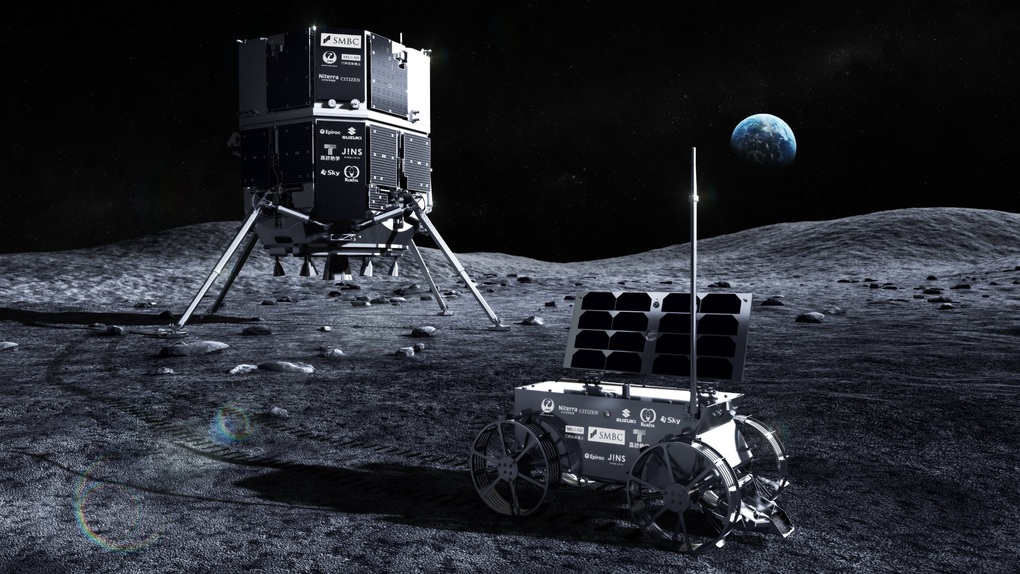
ispace has failed once in its attempt to make a similar landing on the Moon in 2023 (Photo: ispace).
This signal disruption incident is reminiscent of ispace's own failure during the Hakuto-R 1 Mission in April 2023.
The lander also lost contact just before landing, after mistaking the rim of a crater for the lunar surface, leading to a collision. While ispace has learned many technical lessons from the previous incident, the possibility of a repeat failure remains.
The fierce private race to conquer the Moon
ispace’s second landing attempt comes as the private lunar race intensifies. Since Israel’s Beresheet mission in 2019, a host of companies including Astrobotic (US), Intuitive Machines (US) and Firefly Aerospace (US) have joined the fray.
Some of these missions have been successful, such as Firefly's Blue Ghost lander, which landed and operated for two weeks on the Moon in March. However, many others have encountered problems, ranging from fuel leaks to capsizing after landing, notably Peregrine, Odysseus, and Athena.
Resilience is unique in that it is not part of NASA’s Commercial Lunar Payload Services (CLPS) program – which most other private missions are part of. Instead, it will carry five payloads funded by private organizations, from Japan, Taiwan, Malaysia and Luxembourg.
If successful, Resilience will mark Japan's second soft landing on the Moon, following the success of the SLIM spacecraft carried out by the national space agency JAXA in January 2024. However, the future of Resilience still depends entirely on the data analyzed by ispace.
Regardless of the outcome, ispace remains committed to its long-term strategy. The company plans to launch a larger Apex 1.0 in 2026 and increase the frequency of landings, along with a fleet of autonomous vehicles to mine resources and support the ambition of long-term human settlement on the Moon.
Source: https://dantri.com.vn/khoa-hoc/tau-do-bo-nhat-ban-mat-tich-bi-an-tren-mat-trang-lap-lai-that-bai-cu-20250606073413652.htm





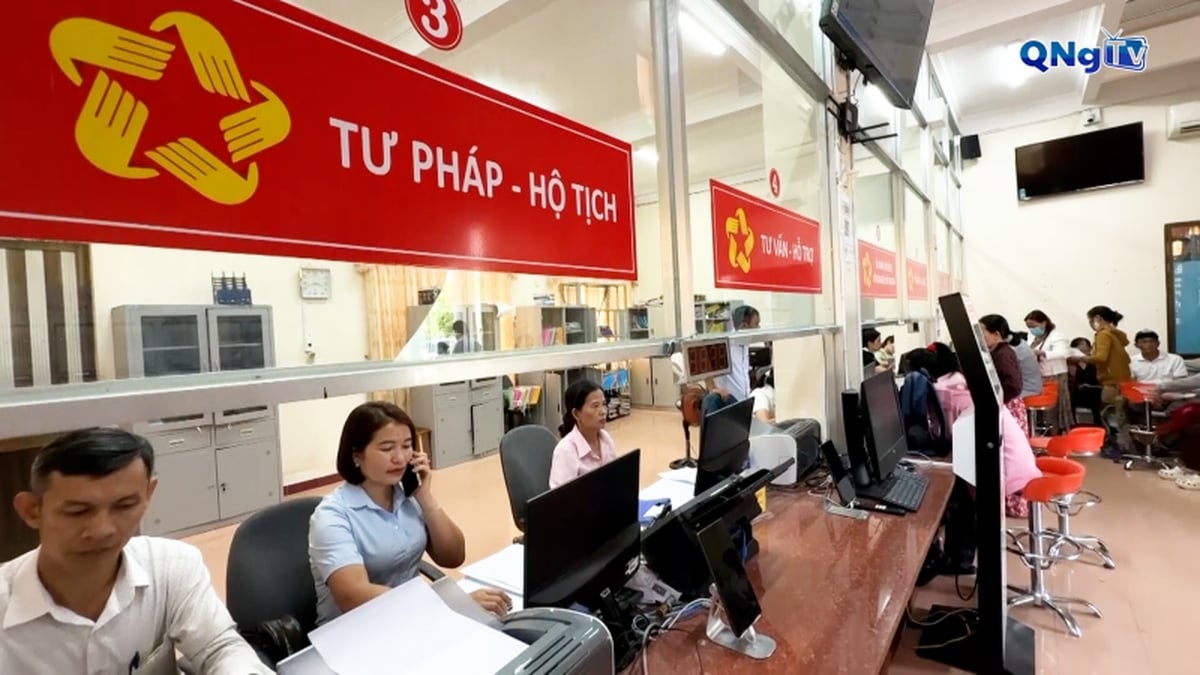
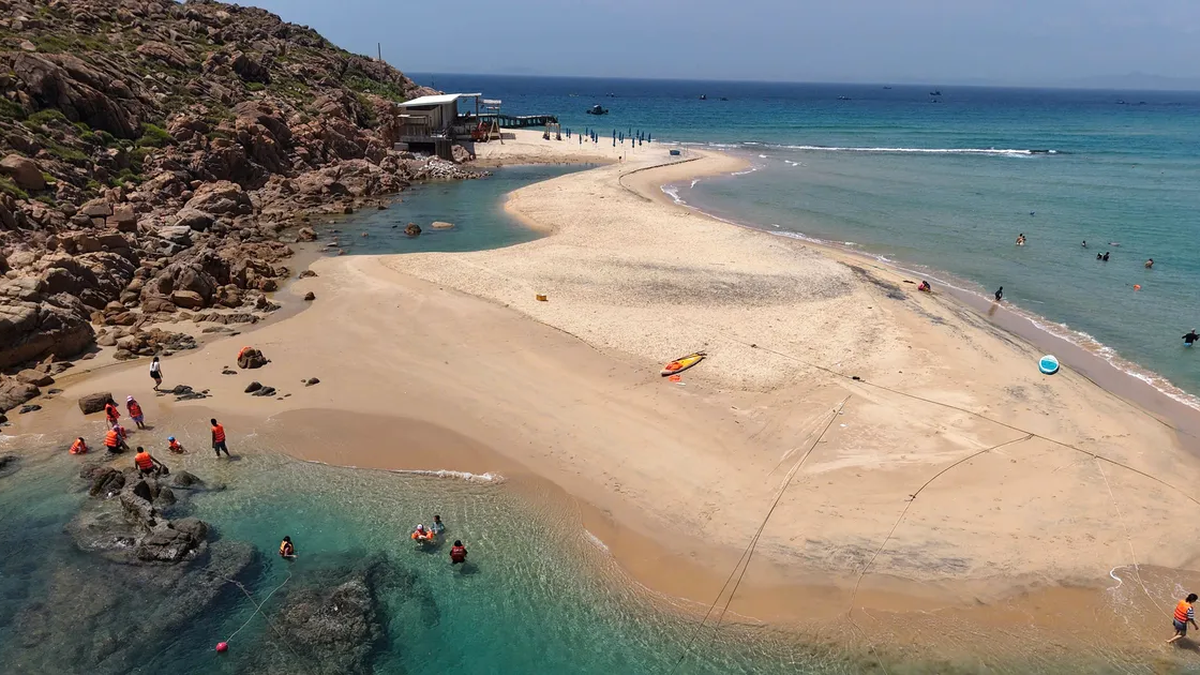


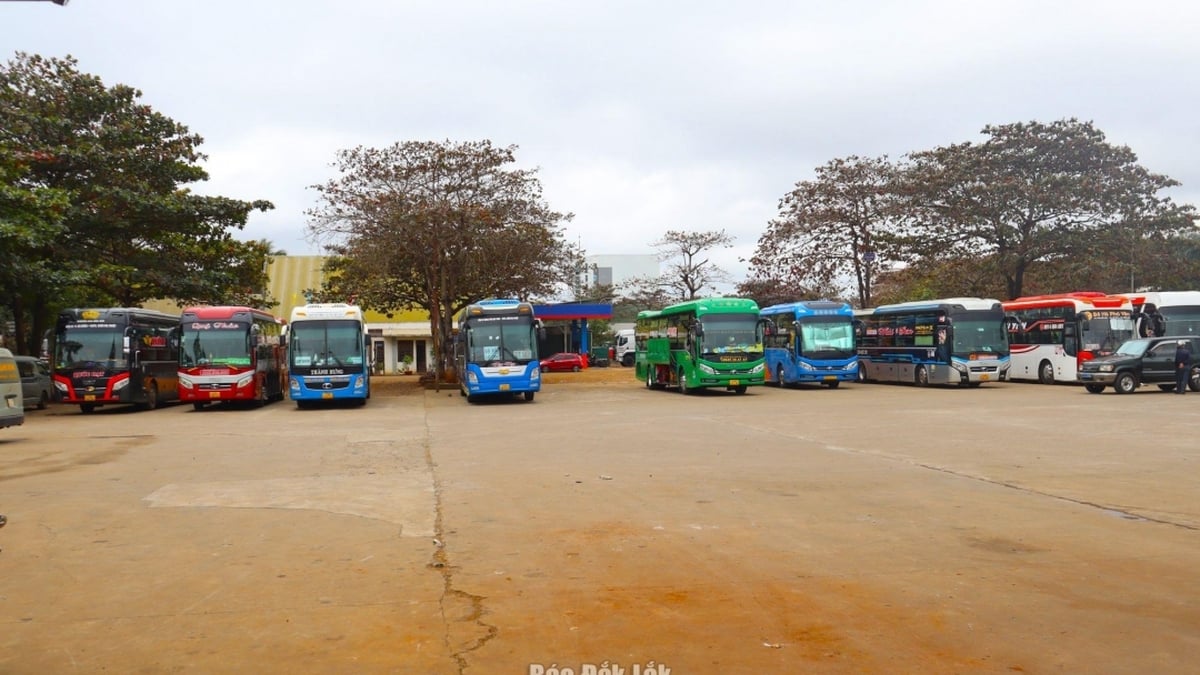






















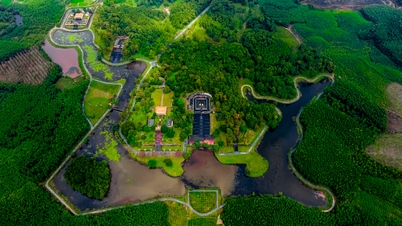



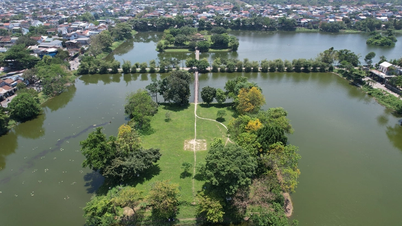






















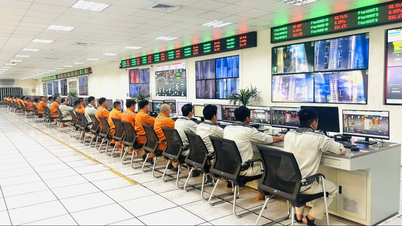

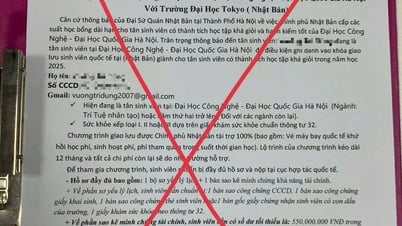










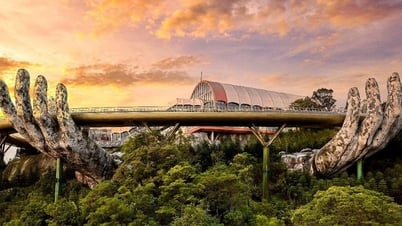























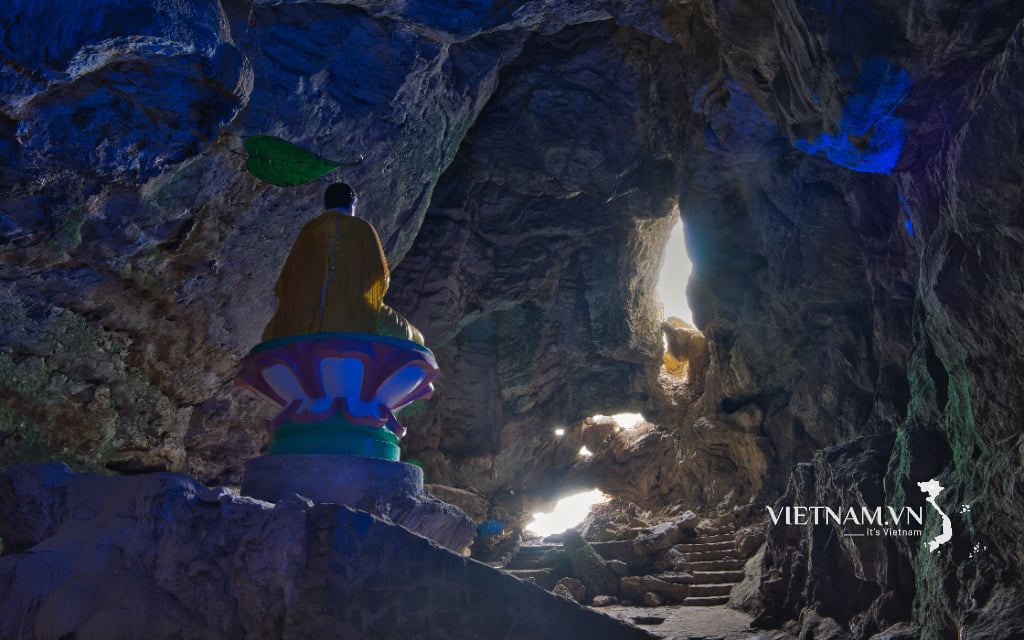
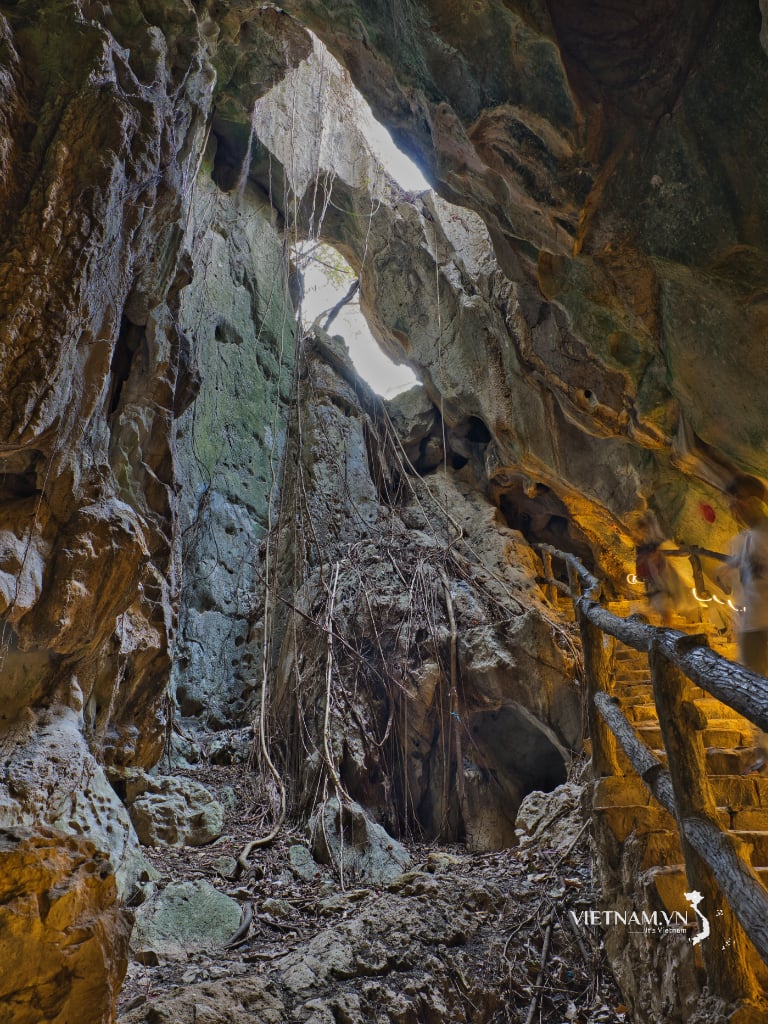
Comment (0)